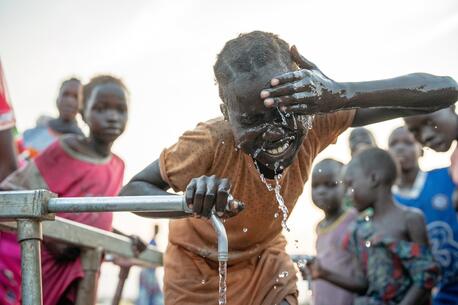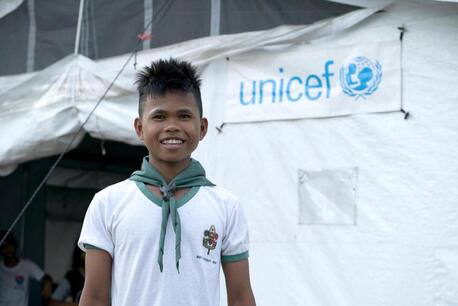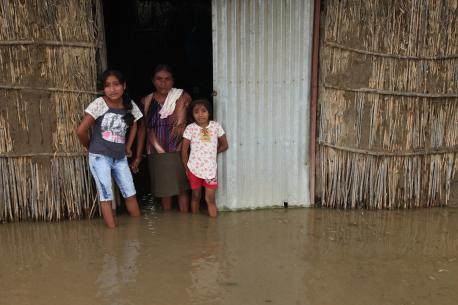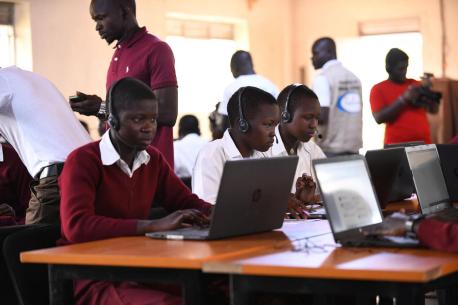
Meta and UNICEF: Working Together to Close the Digital Divide
Armed with mobile coverage data and insights from Meta, UNICEF's Giga initiative is gaining momentum toward the end goal: bringing internet access to schools all across the globe.
This article was written by the Giga team and originally published here.
1.3 billion school-aged children don’t have access to the Internet at home — with schools often failing to bridge the gap
Internet access is critical for education. Having it means access to information and all the opportunities that information brings — from exposure to new ways of learning to engaging with the world beyond one’s own community.
Furthermore, gaining experience with digital tools in and of itself is powerful, which expands economic opportunity, especially for those living in the Global South.
The COVID-19 pandemic threw the importance of digital connectivity into sharp focus, as millions of students were suddenly forced to rely on remote learning. However, reliable access to the internet is far from a guarantee for many: today, 1.3 billion school-aged children don’t have access to the internet at home, with schools often failing to bridge the gap.
Giga, a joint initiative by UNICEF and the International Telecommunication Union (ITU), is working in partnership with organizations like Meta to connect all schools to the internet, to provide every young person with information, opportunity and choice.
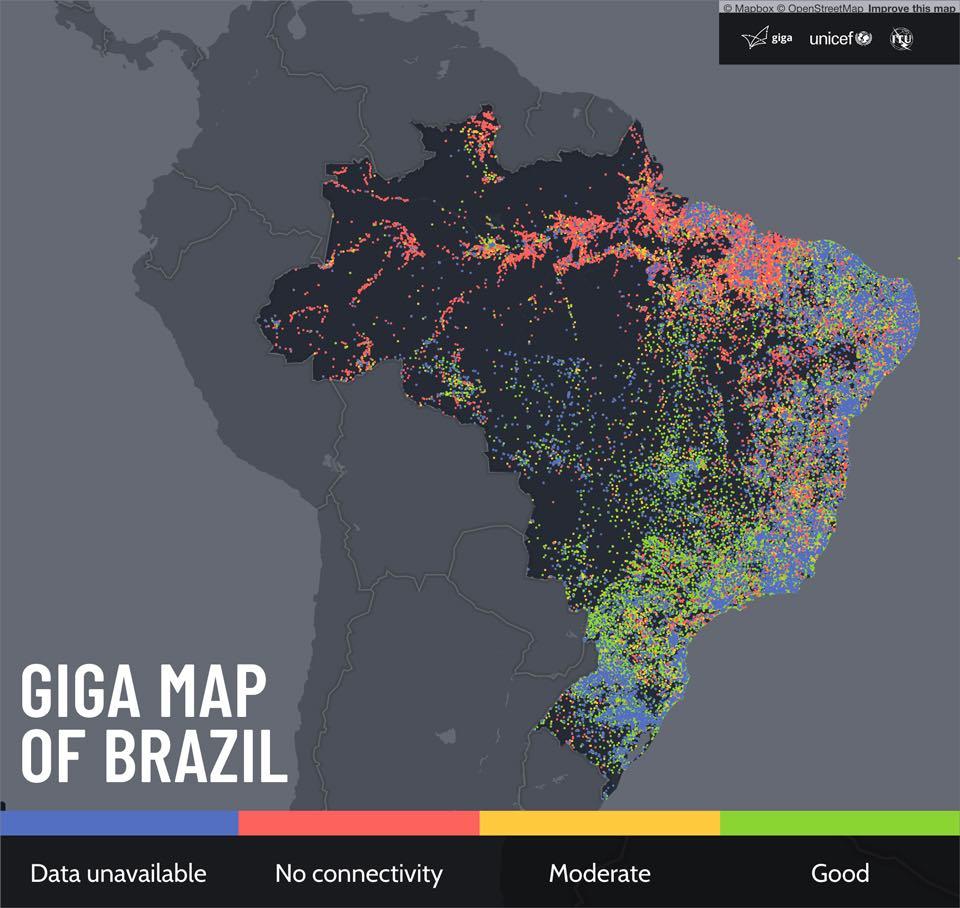
How Giga connects schools to the internet
Connecting schools to the Internet is a multifaceted problem. In addition to the associated infrastructural and cost challenges, there are also massive data gaps. Basic information — like knowing where schools are and whether they already have internet access — is often unknown.
Giga is working to address these data gaps by mapping the locations of schools, determining whether they have access to the Internet, and if they do, whether the connectivity is strong and stable enough to be effective.
Giga also evaluates the availability of infrastructure near schools to determine the options for providing Internet access. This is essential to help governments and connectivity providers understand the costs for connecting schools to the Internet, enabling them to optimize their budget and resources.
Leveraging Meta’s data to achieve connectivity
In order to support Giga’s work, the Data for Good at Meta team shared insights to help the Giga team understand the connectivity infrastructure already available — specifically, the strength of existing cellular networks at school locations. Estimates on the extent to which 2G, 3G and 4G mobile coverage exists in the area around each school were provided. This data helps the Giga team evaluate what technologies are already available near a given school and what steps may need to be taken in order to ensure the school has reliable access to the Internet.
Then, using the data on mobile coverage provided by Meta, Giga was able to map Internet coverage at various school locations. Maps have been generated for over 500,000 school locations across 37 countries across Asia, South America and Africa. All are available to the public on the Project Connect open-source school mapping platform.
The coverage maps provide insights on the actual coverage situation at each of the schools. Moving forward, the dataset provided by Meta will be used by the team for other applications including connectivity cost modeling, infrastructure analysis and decision support.
2.12 million children in more than 5,500 schools were connected to the Internet through Giga by end of 2022
So far, 2.12 million children in more than 5,500 schools have been connected to the Internet through Giga. But with around half of the world’s 6 to 7 million schools still offline, there is still much work that needs to be done.
Giga continues to work on building maps that capture the location of schools, their connectivity status and other important infrastructure. With this information, Giga hopes to ensure that all schools have sustainable and reliable access to the Internet by 2030.
Learn more about how UNICEF partners with Meta to support and protect children's health and safety.
HOW TO HELP
There are many ways to make a difference
War, famine, poverty, natural disasters — threats to the world's children keep coming. But UNICEF won't stop working to keep children healthy and safe.
UNICEF works in over 190 countries and territories — more places than any other children's organization. UNICEF has the world's largest humanitarian warehouse and, when disaster strikes, can get supplies almost anywhere within 72 hours. Constantly innovating, always advocating for a better world for children, UNICEF works to ensure that every child can grow up healthy, educated, protected and respected.
Would you like to help give all children the opportunity to reach their full potential? There are many ways to get involved.



